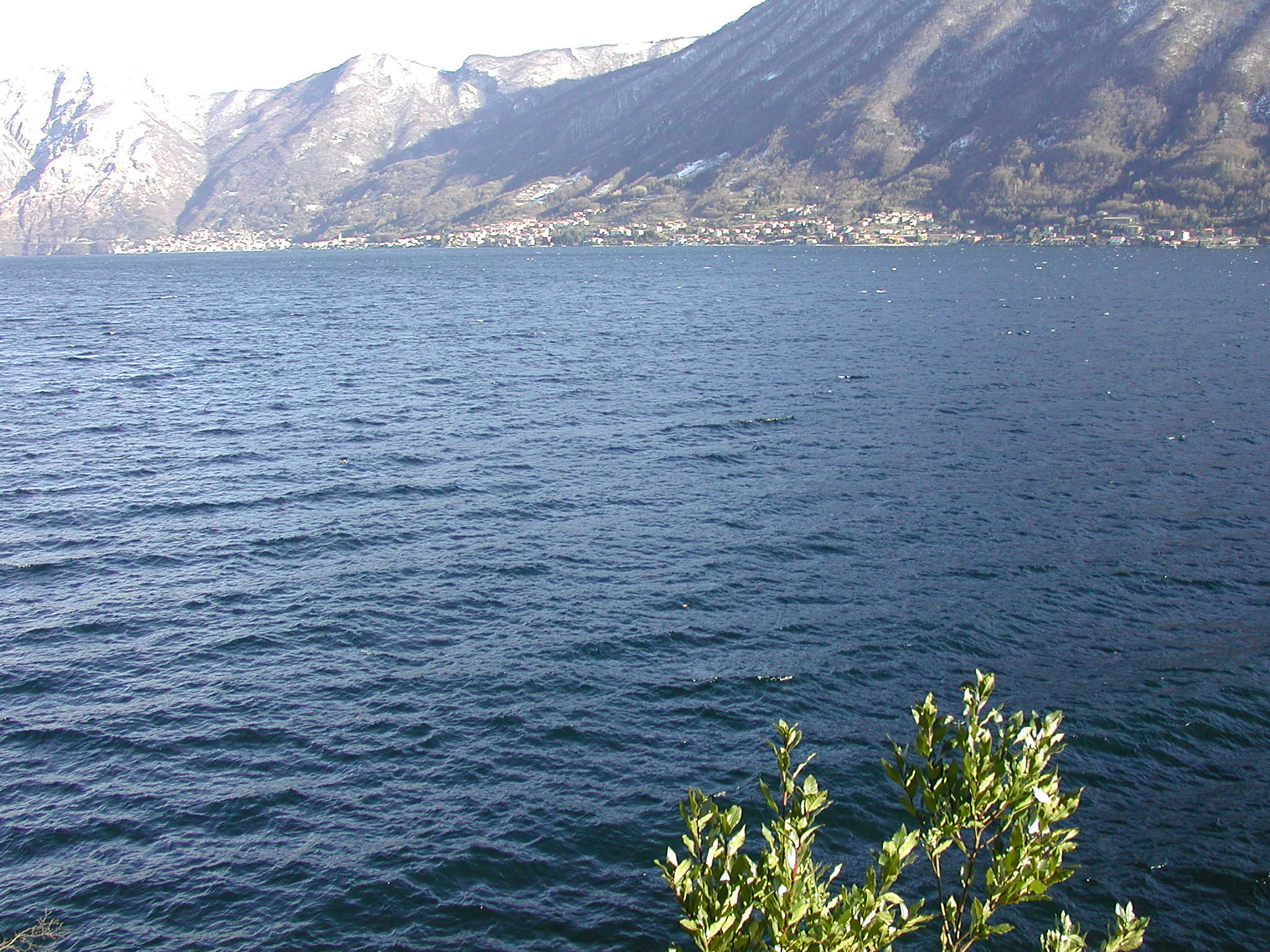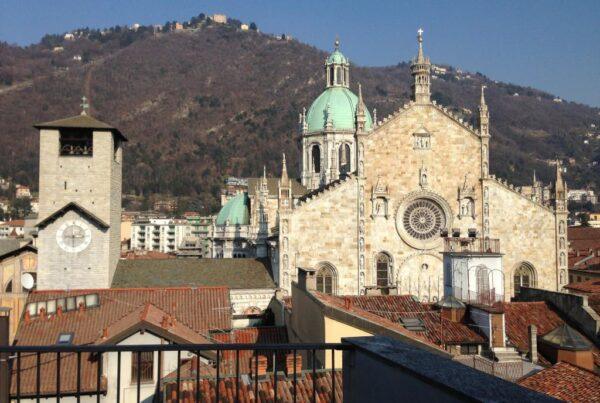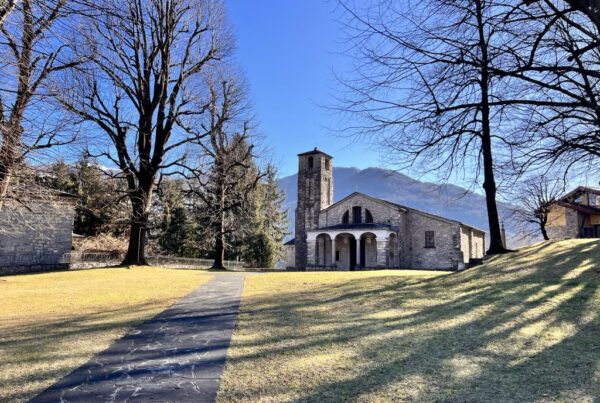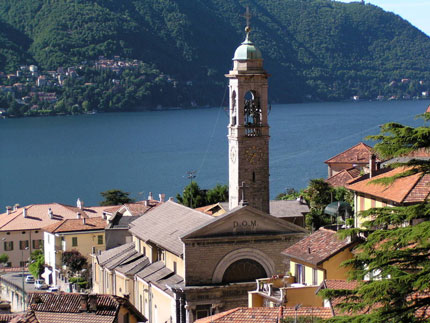Musso Lake Como : The village is situated in a small inlet, at the foot of a rocky spur called thc Sasso di Musso. It was already noted in Roman times because of its quarries of white marble, which were mined until just a few decades ago.
This marble was used to build the columns of San Lorenzo in Milan and the Cathedral of Como.
In 1.406 it was an important feud of the Malacrida family and was part of the duchy of Milan. In 1.508 it was ceded to Gian Giacomo Trivulzio, who fortified thc rock. He had th right to con money there and built a new castle.
ln 1.522 it was taken ovcr forcefully by Medeghino, the brothcr of Pius IV, who controllcd most of the lake area for a decade. After a long size he was driven away bv the forces of Francesco II Sforza, who was allied with the Tre Leghe Grige.
For spite the castle was livelled to the ground. The village was subsequently under the Bossi family.
It is worth noting that in the last century on the rocks under Santa Eufemia, the nobleman Giuseppe Manzi succeeded to carve out a garden of exotic plants, small bridges and a play of water called “il giardino del merlo” (the little garden of the blackbird).
SIGHTS:
The Church of San Biagio
This late-Romanesque church with three aisles; which had already been dedicated to San Nazario and San Celso, was extended in the 16th century.The additions at that time were the cross vaults of thc side aisles, the central portal and the frescoes of imitation rustication on the facade.
The small side porch with coats of arms and tomb slabs ( 15th Century), contains the bell tower which was erected in 1.731 and a tiny square with a Romanesque baptismal font which has been transformed into a fountain.





